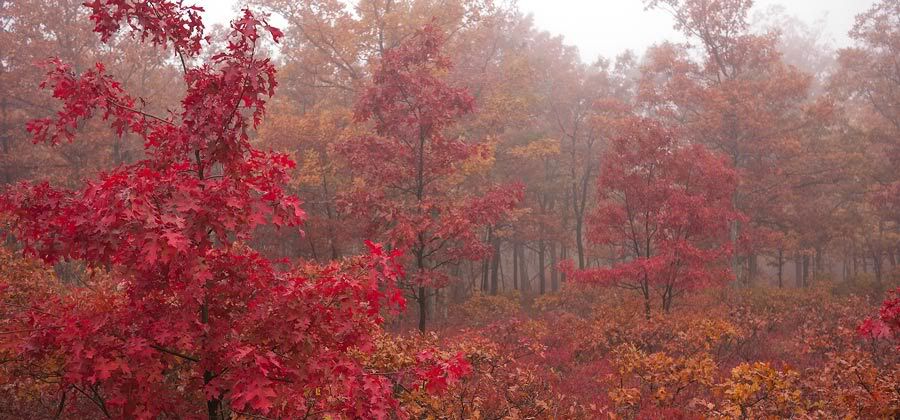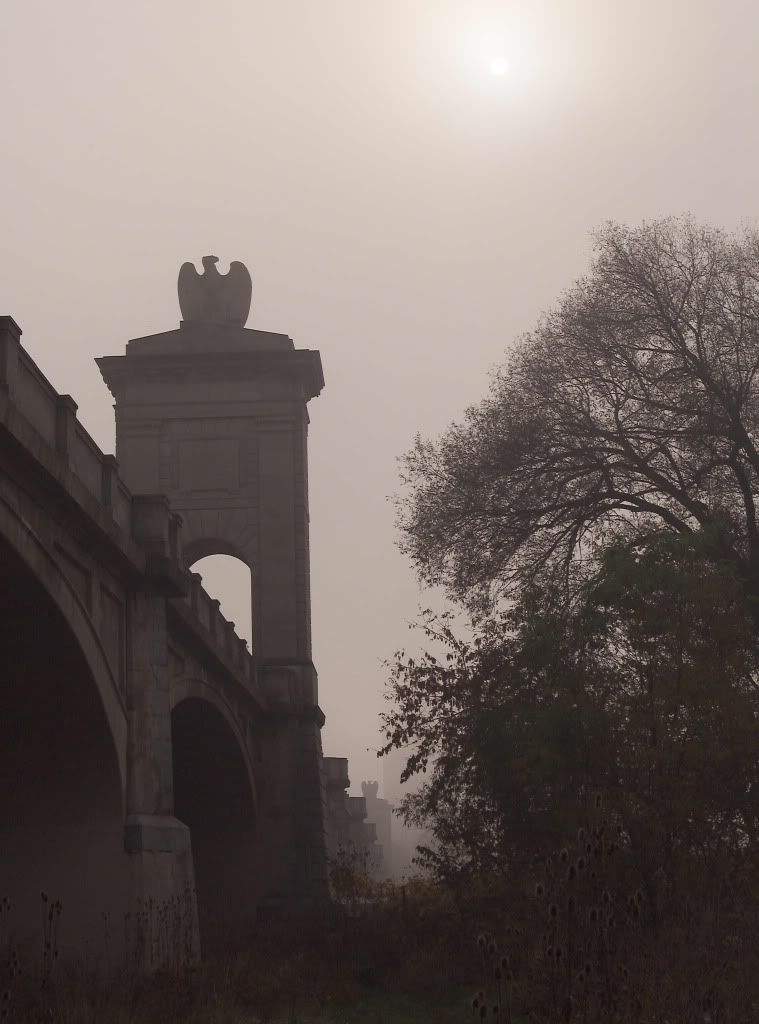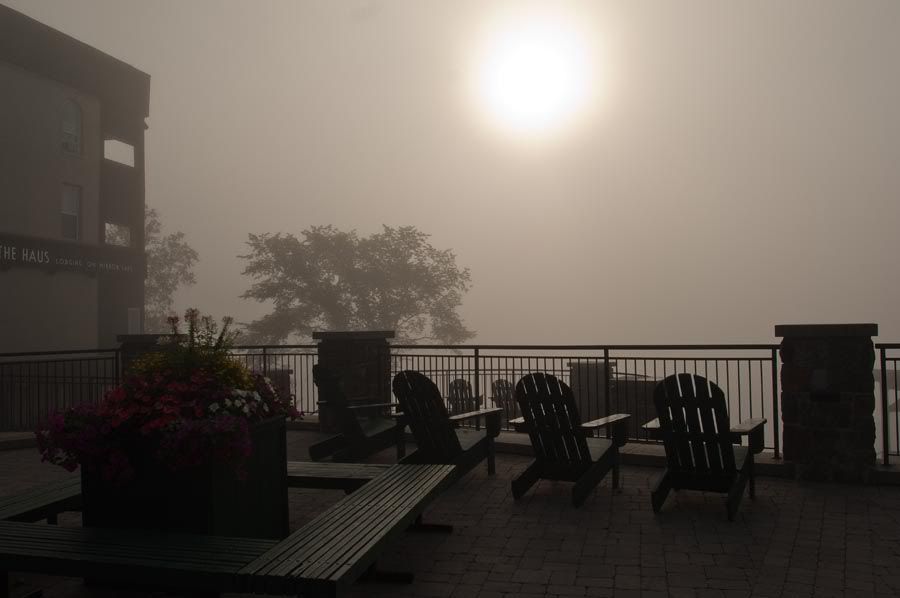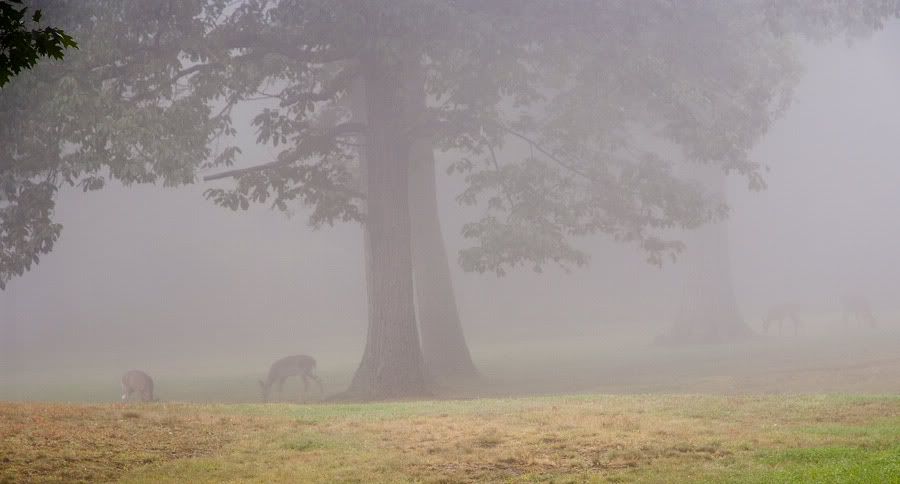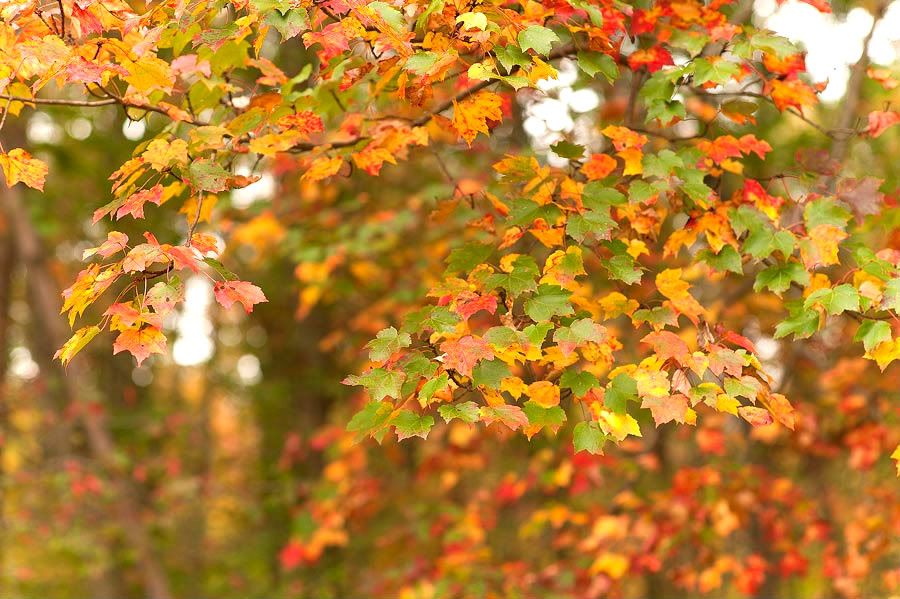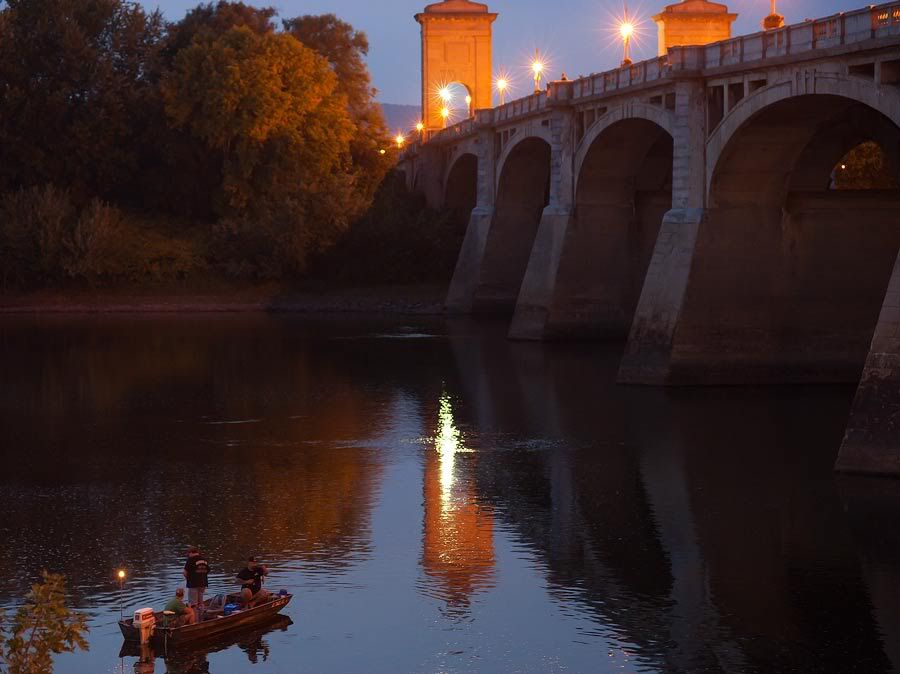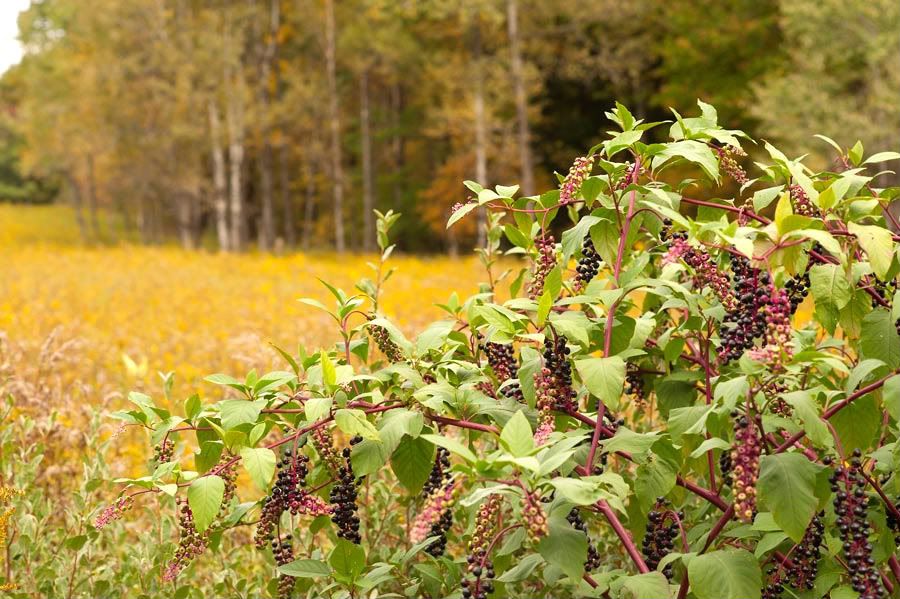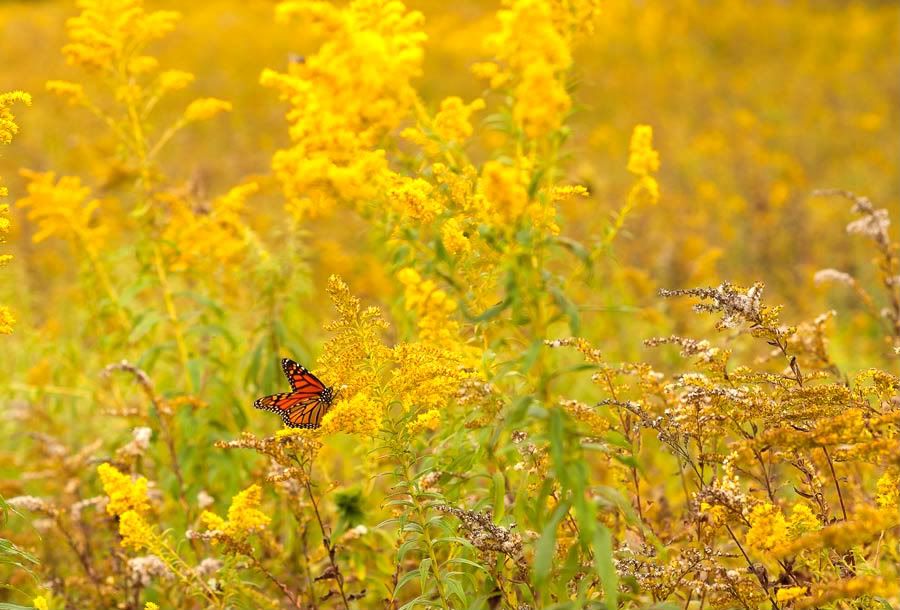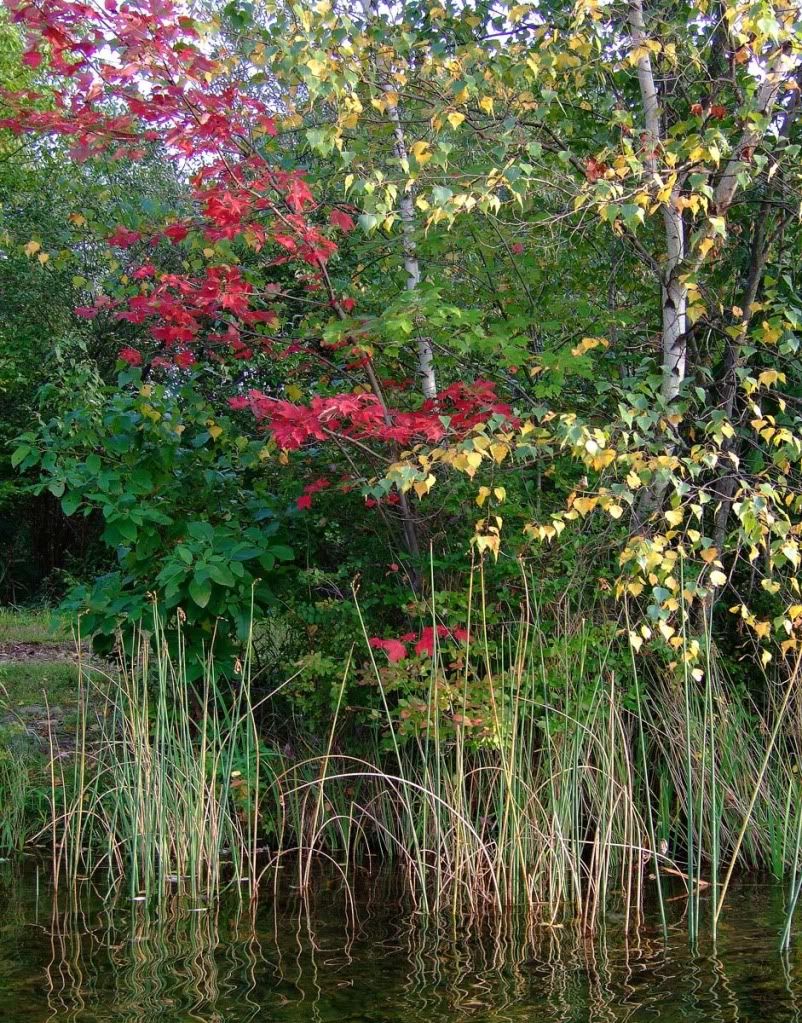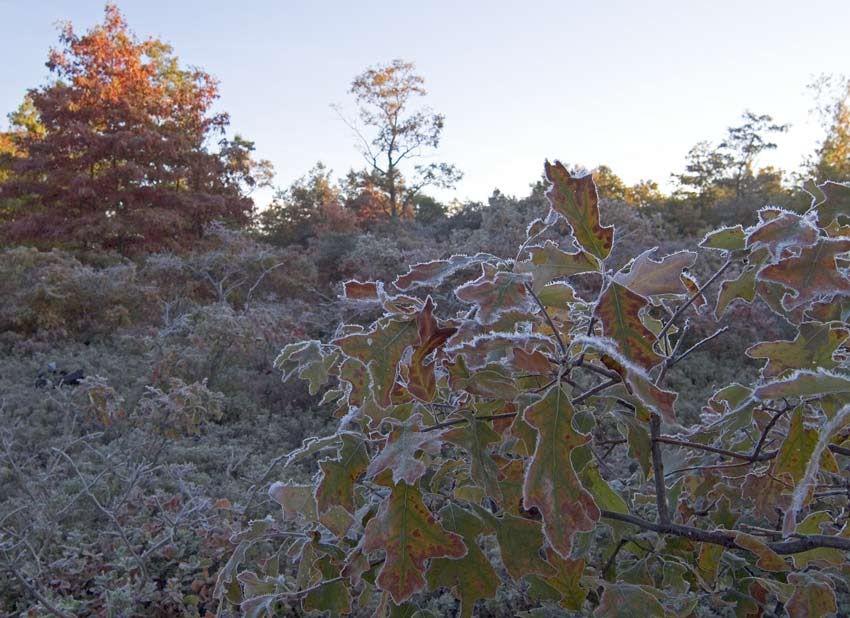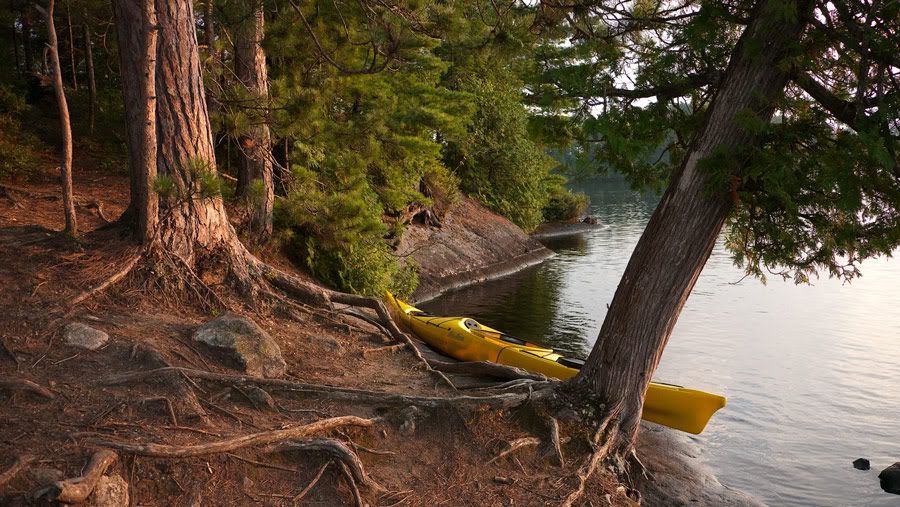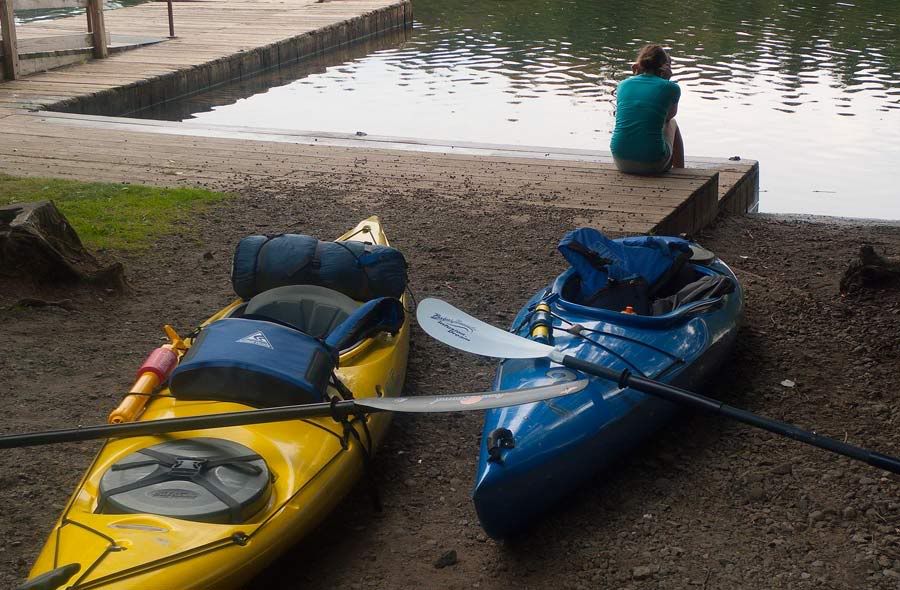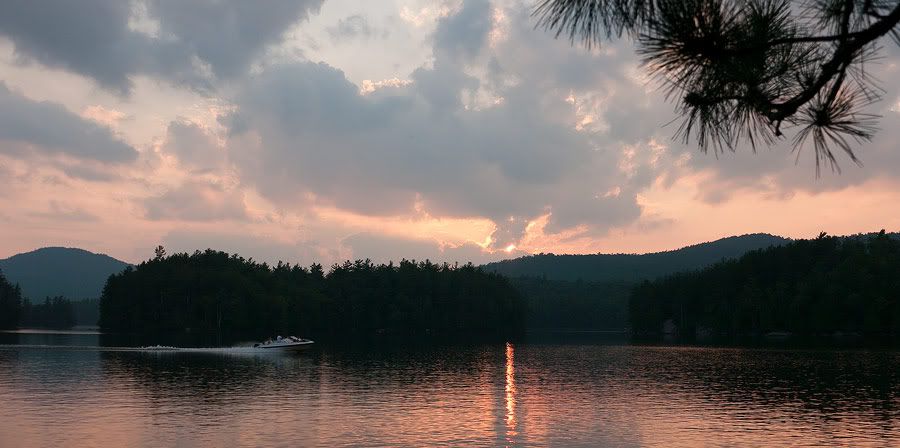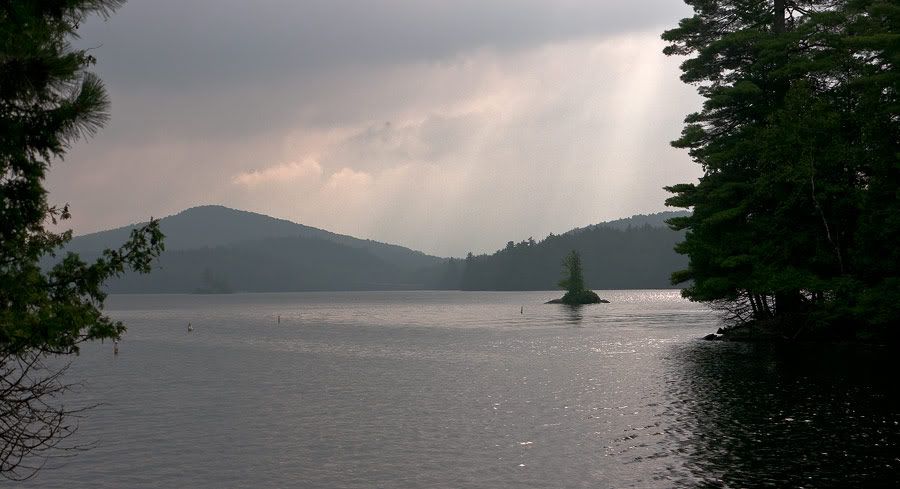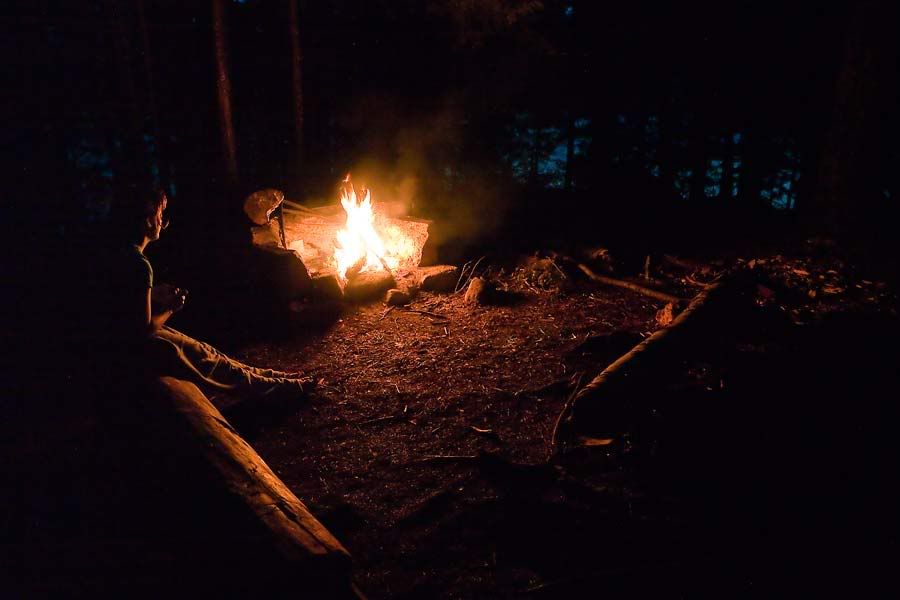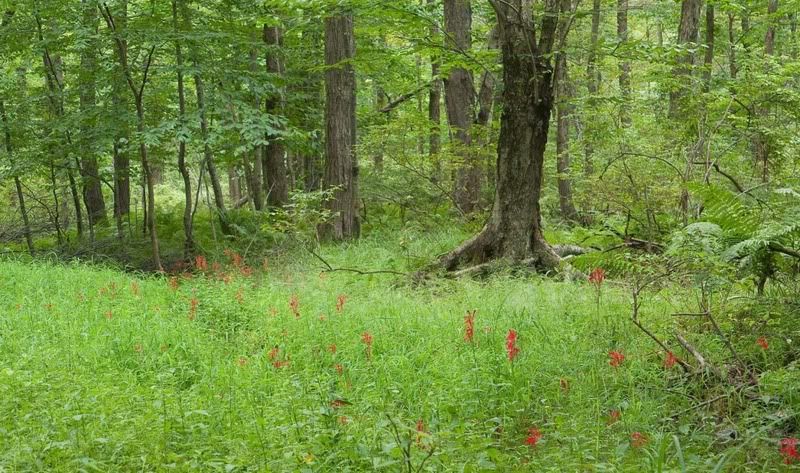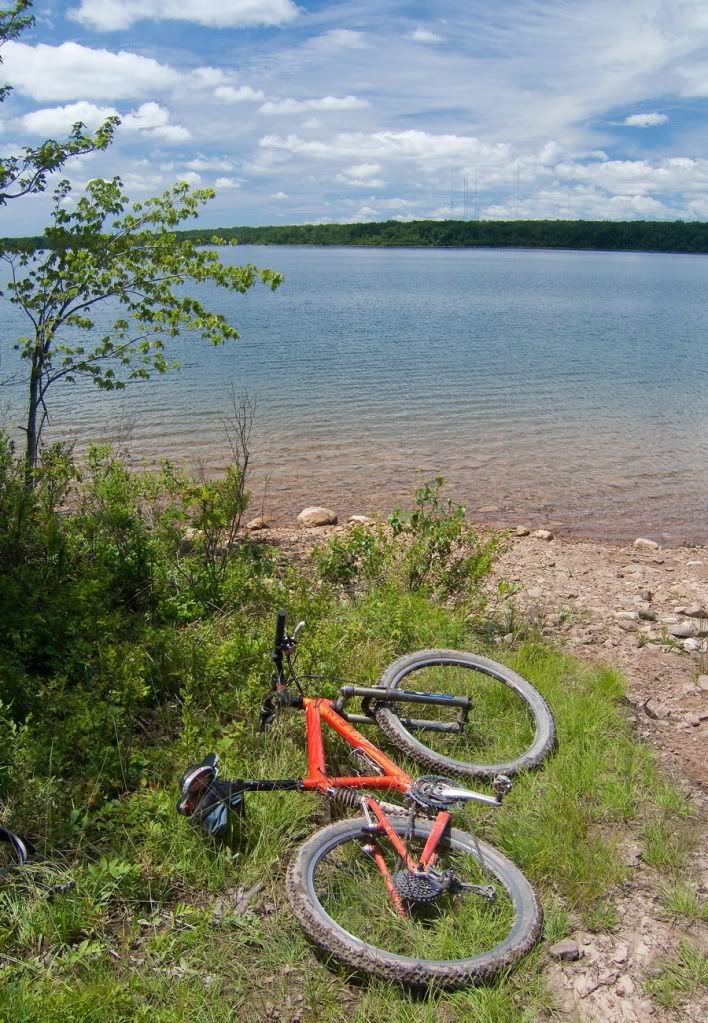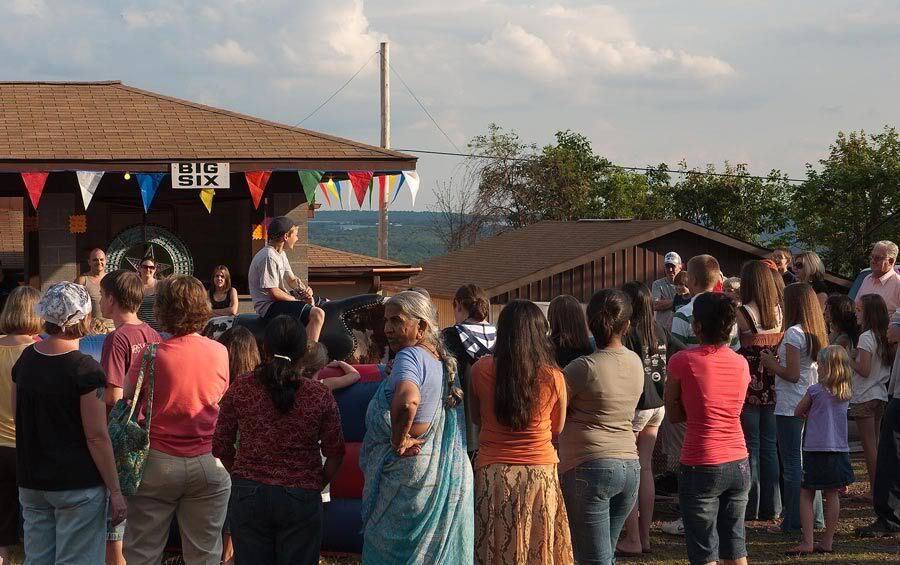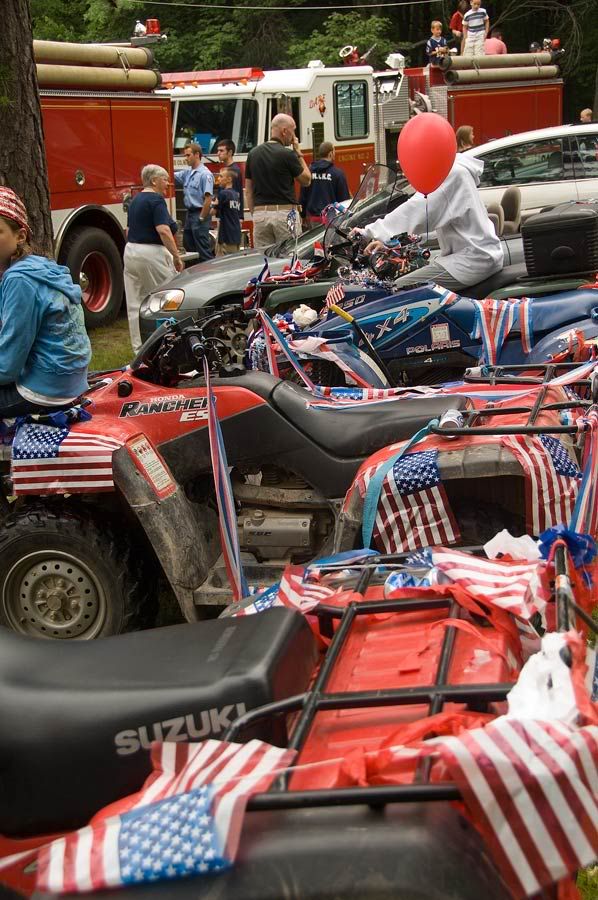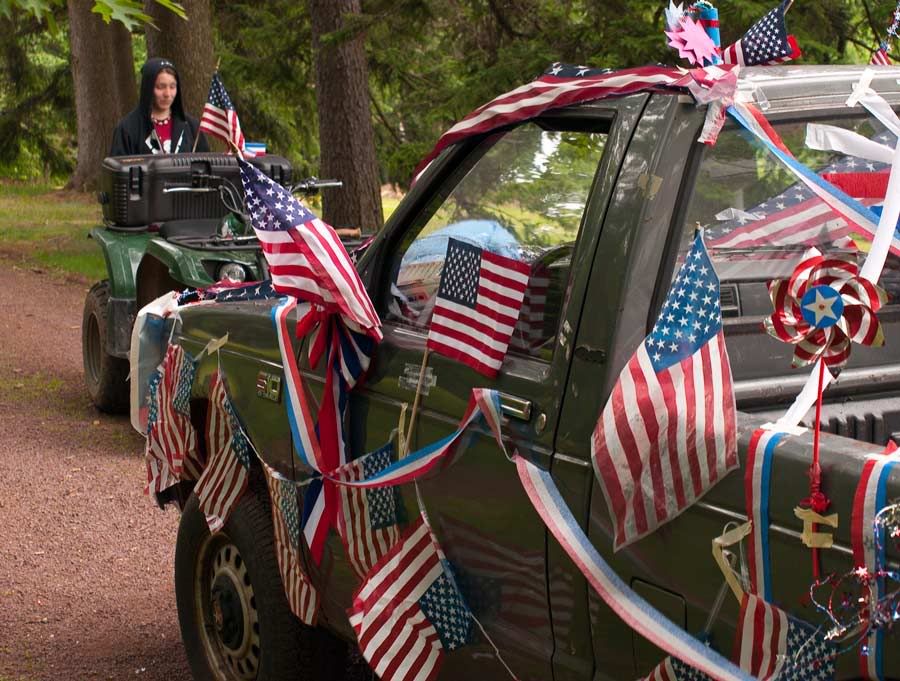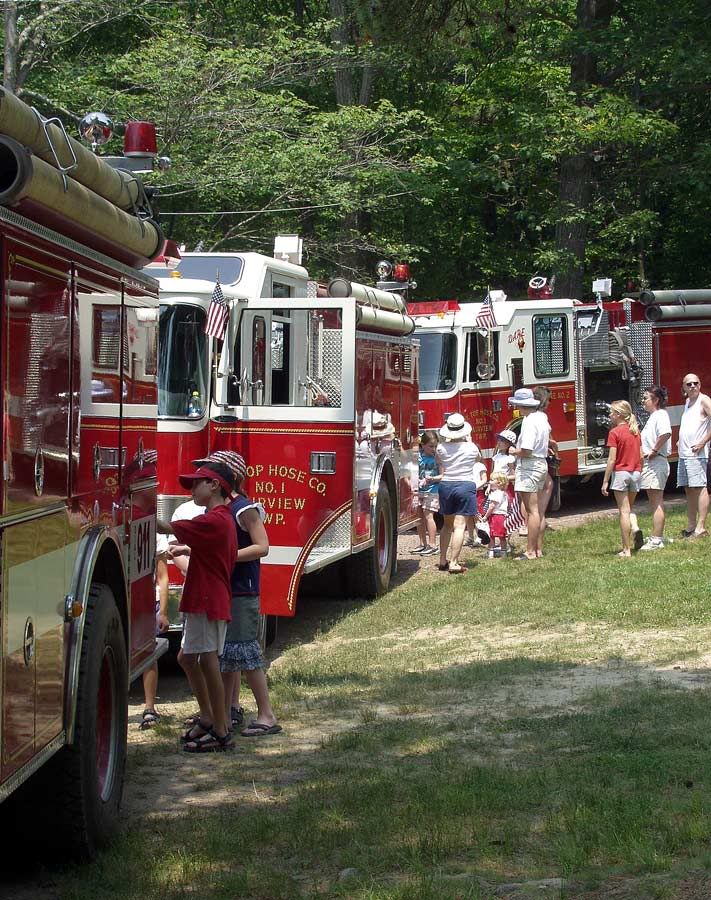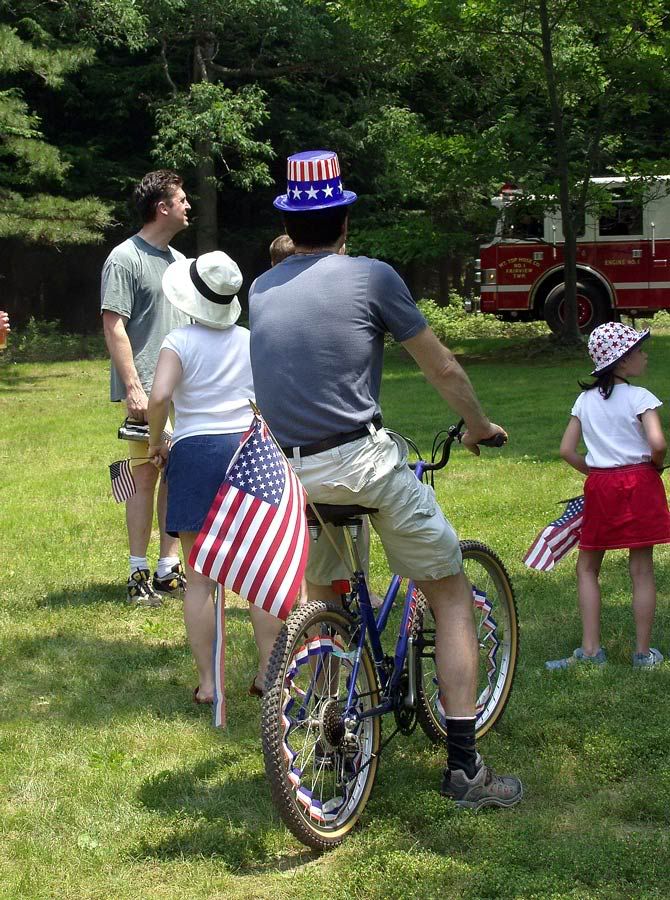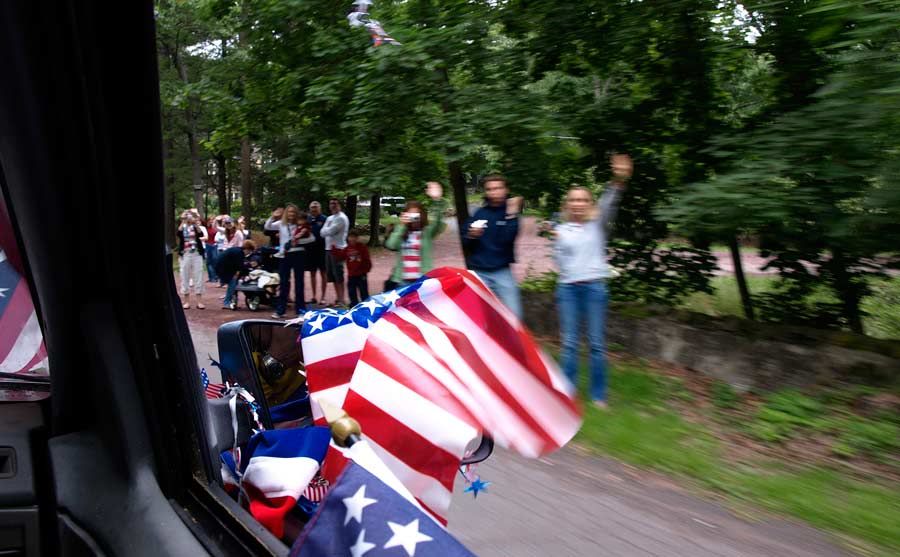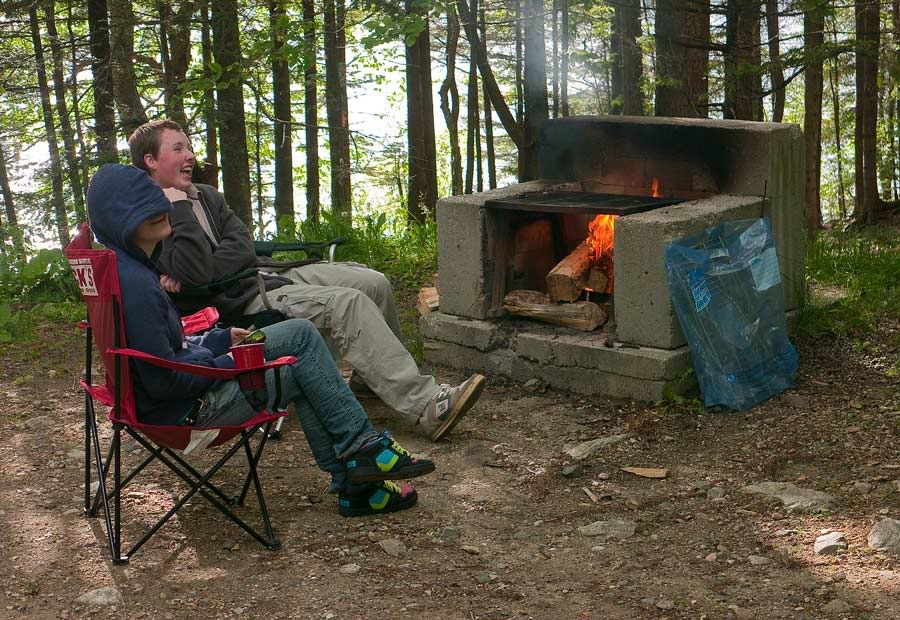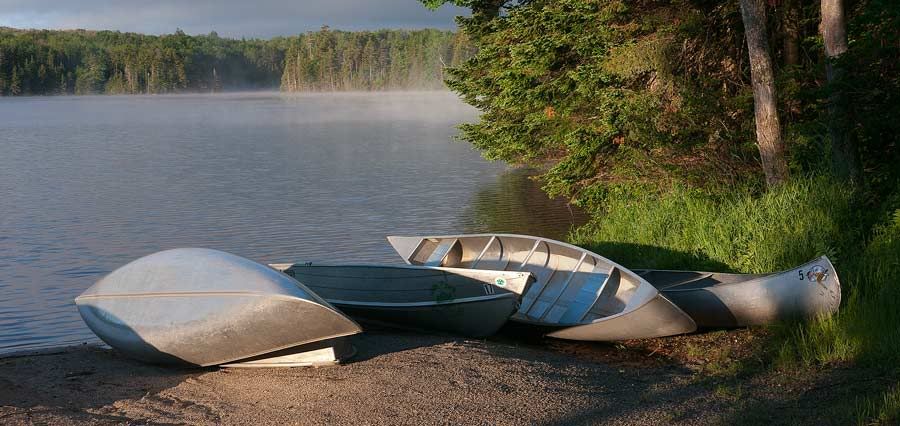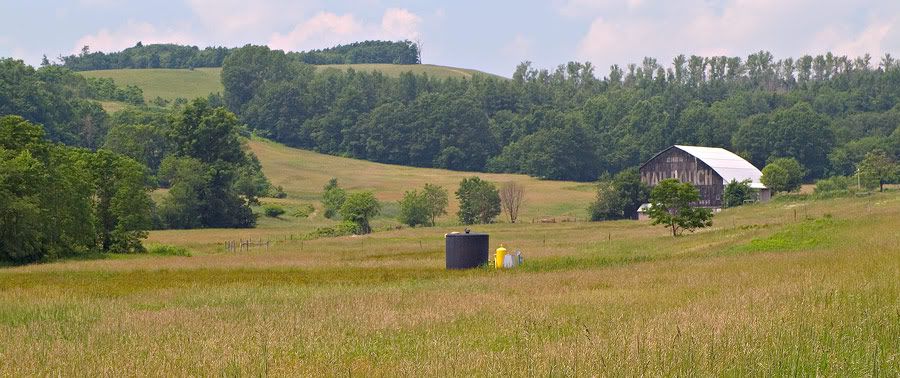
Old Gas and Oil Well, Western Pennsylvania
Gas Drilling In Pennsylvania
This is the full text of an Editorial published in the Wilkes Barre, Times Leader on Sunday , June 6th, 2010. It is about the juggernaut of Marcellus Shale Gas drilling that is steamrolling across the farms and wildlands of Pennsylvania.
Like many in our region, I am struggling with the issue of drilling for gas in the Marcellus Shale formation. It’s hard to ignore the potential benefits. Gas drilling in Pennsylvania has the potential to tap a new source of clean-burning fuel applicable to many uses, from home heating, to motive transport, to the production of electricity. In North Texas, where companies have been drilling gas wells in the Barnett Shale formation since the 1990s, gas production has added a significant number of new, good paying jobs to a struggling region. For land owners, gas leases offer the prospect of significant income in these challenging financial times. Unlike the wind energy boondoggle of several years ago, the gas industry comes with the prospect of very real and tangible benefits.
Given my previous modest involvement in environmental advocacy, I have been asked by a number of people to weigh in on the issue. Up to now I have been reluctant, as I was not knowledgeable enough to have an answer. I’m still not sure that I am. What I have learned however is sufficient to cause me great concern.
In my travels, I have spent a lot of time in the western part of the state, where small gas and oil wells have been a regular feature of the landscape for many years. They generally sit on a small footprint, and appear to have little impact on their pastoral surroundings. I once encountered a venerable, but functioning gas/ oil well in the middle of a lush forest that had grown up around the installation. Many of these are so-called “stripper wells” were drilled by landowners themselves, down to depths of 1500-2000 ft. They produce modest amounts of natural gas, and have had some problems such as “gas migration”, particularly the so-called “orphaned” wells, abandoned by their owners before being properly “plugged”.
So, at first blush, gas drilling wasn’t particularly frightening to me.
But… this isn’t your grandfather’s gas drilling.
“Fracing” is the process by which gas is extracted from the shale that lies roughly 5000-9000 ft below ground in this region. Suffice it to say that it involves injection under great pressure of very large volumes of water, sand, and what was, until recently, a secret mix of chemicals, now known to contain some really nasty toxins and carcinogens. This is done do fracture the rock and allow gas to be extracted. It said to be safe, because the process occurs a mile or more below the surface, far below the natural aquifers. As I understand it, a good proportion of the fluid is then recovered, and has to be dealt with at the surface. A pad site can house 6 to 8 wells, each of which will need to be fraced.
Given the usual strict federal regulations that apply to industry, I wondered how such a risky process could be legal. It turns out that since 2005, gas drillers have been exempt from the Safe Drinking Water Act, and thus the nation’s most potent and pertinent regulatory laws. Arguably, this is the only way that they could get away with injecting these toxic chemicals into the earth.
Each episode of fracing requires significant heavy truck traffic to transport the literally millions of gallons of water, plus the sand, and chemicals required. And what is the source of the water? Apparently in western Pennsylvania where drilling is well underway, it has been streams and rivers. A Pittsburg television news team recently reported that in August of 2008, well drillers actually “pumped dry” Sugarcamp Run, a stream in Washington County.
Another huge problem is what to do with the toxic brine extracted from the well after fracing is completed. Our current DEP Secretary, John Hanger was recently quoted on the topic: “I am concerned about the capacity to treat the water…There is a problem looming.”
There are very few treatment plants in the state that are equipped to properly detoxify the mixture pumped out of the well head. Some drillers have attempted to present the waste water to municipal treatment plants. Many have prudently refused the gift. In some parts of the state the water, which may not be completely detoxified by the municipal equipment, is still being discharged into the Monongahela River which serves as drinking water source.
By the way, brine samples from 11/13 Marcellus wells in New York tested by their DEC recently, were found to be radioactive, some at levels as much as 250 time the level allowed by law
If this large volume of contaminated, possibly even radioactive liquid is not treated, then it must be stored on the site. Where there are liquids, there will be spills…and there’s going to be a lot of liquids in holding ponds, in tanks, and in trucks driving on our roads.
Also, has anyone considered how the municipalities involved are going to pay for the rather drastically increased wear and tear on what have been up to now often lightly travelled rural roads and bridges?
I think of the Foster Wheeler incident near my home in Mountaintop. There, a relatively small amount of trichloroethylene, a chemical degreaser, escaped into the soil and fouled a great many water wells downstream. The solution was to run public water into the affected homes. What would happen to the value of your home if there were no public water nearby, and fracing water contaminates the local aquifer? Or worse, if drilling contaminates the public water supply, a scary thought with drilling set to occur near to the Ceasetown and Huntsville reservoirs.
I have a number of friends who own acreage suitable for drilling; others have been offered money for a well to be run beneath them from a drilling “pad” on adjacent land. I have heard them describe the money that they have been offered for leases on these properties, often where they reside. I own no such land, and I think I’m glad I don’t. The temptation to sign on must be overwhelming.
I am concerned that these friends do not understand the intrusion on their lives, as well as those of their neighbors, that drilling on their property would involve. I also fear that the effects of such a violent and toxic geologic manipulation might cause problems far beyond the borders of their parcels. I hope that they’re testing their water supplies and perhaps the soils near to where drilling may occur, to establish a baseline. Someday that information may be essential.
I honestly believe we should slow down the rush towards widespread drilling. Let’s drill some wells in carefully selected sites. See what happens. If everything comes out OK, drill a few more. After all, it’s not like the gas is going away any time soon. What’s the big rush? The potential downside is huge.
Perhaps we should wait for the results of recently announced EPA study, commissioned to investigate the surge in reports of drinking water contamination in sites near to where fracing has been used.
I fervently hope that we can find a safe, cost-effective way to exploit this wonderful resource with out permanently ruining our aquifers, wild places, and watersheds.
I’m just not convinced that we have, as of yet.
Henry F. Smith Jr. MD
